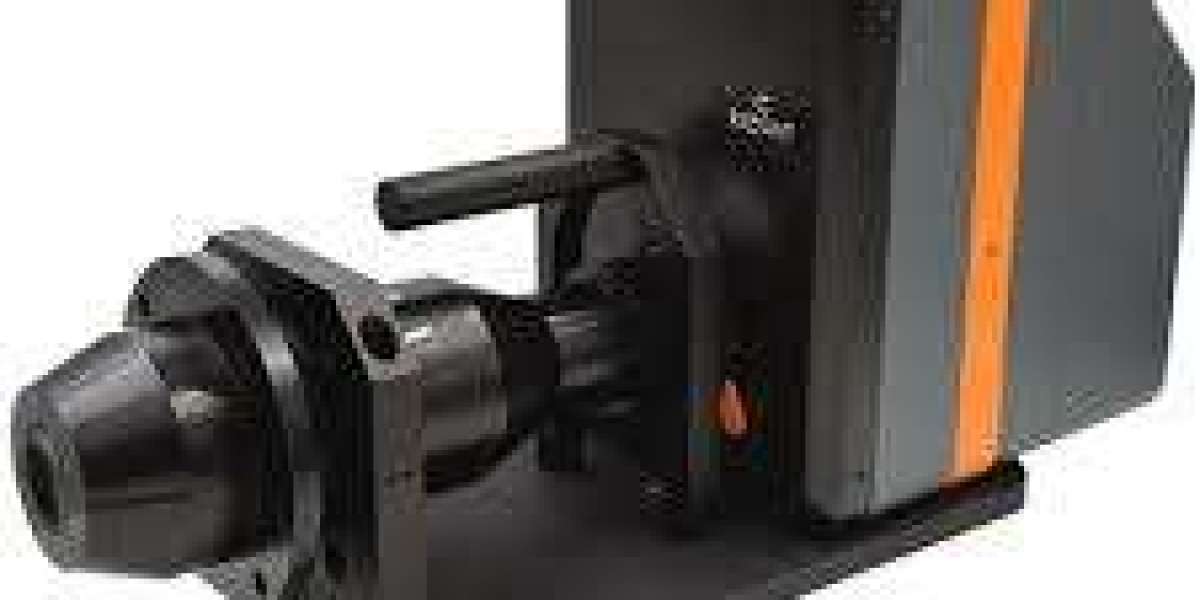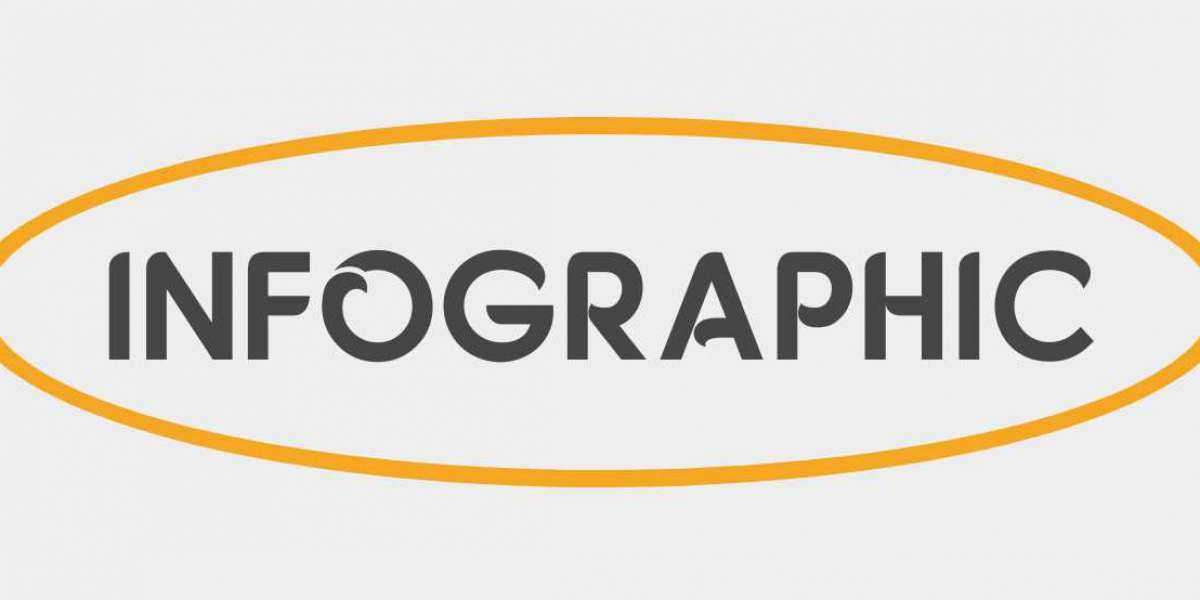In today’s era of advanced optical analysis, clarity and accuracy are critical. One of the most powerful tools for observing and analyzing light behavior in materials is the conoscope lens.
Whether you're inspecting LCD panels, analyzing birefringence in crystals, or working in scientific research, conoscope lenses provide the precision needed for detailed light pattern visualization. In this article, we’ll break down how conoscope lenses work, their core applications, and why they're essential for modern optics.
What Is a Conoscope Lens?
A conoscope lens is a type of detection lens used to capture and visualize the angular distribution of light, especially in birefringent materials. This optical lens system transforms angular light patterns into spatial images that can be analyzed in real-time.
It’s widely used in:
Polarized light microscopy
Liquid crystal display (LCD) inspection
Optical component testing
Material stress analysis
How Does a Conoscope Lens Work?
The conoscope lens collects and converts collimated light from a birefringent sample into a focused pattern. These patterns, often seen as interference fringes or isogyres, are used to assess optical anisotropy in materials.
This lens setup works in combination with polarizers and analyzers to create a clear image of how light behaves as it passes through different mediums.
Key Benefits of Conoscope Lenses
1. Accurate Angular Light Mapping
Visualizes how light exits or enters a sample at different angles—essential in display and optical quality testing.
2. Non-Destructive Testing
Allows researchers and engineers to inspect materials without altering or damaging them.
3. High-Resolution Optical Analysis
Produces crisp images of interference patterns, crucial for evaluating birefringence and optical defects.
4. Compact and Easy Integration
Modern conoscope lens systems are small, easy to mount, and compatible with most microscopes and optical benches.
Top Applications of Conoscope Lens Technology
| Industry | Application Example |
|---|---|
| Display Manufacturing | LCD panel inspection, quality control |
| Material Science | Crystal analysis, stress pattern mapping |
| Optical Engineering | Lens and filter evaluation |
| Research & Academia | Light behavior studies, birefringence mapping |
| Aerospace | Thin film analysis and component stress testing |
Conoscope Lens vs Traditional Imaging Lenses
| Feature | Conoscope Lens | Standard Imaging Lens |
|---|---|---|
| Purpose | Angular light pattern visualization | General image magnification |
| Use Case | Optical testing and birefringence analysis | Photography, inspection, measurement |
| Precision | High (polarized light patterns) | Medium to high (depending on type) |
| Integration | With polarizing microscopes | With cameras or standalone systems |
Why Engineers and Scientists Choose Conoscope Lenses
Professionals who work in optics, material science, or electronics rely on conoscope lens systems to get accurate light behavior analysis. They simplify quality checks, ensure precision in optical assembly, and support research at a microscopic level.
If you're building or inspecting any optical component where polarization, stress, or light deviation matters—this lens is a vital part of your toolkit.
Conclusion
In 2025, the demand for ultra-precise optical systems continues to grow. Whether in research, manufacturing, or materials testing, the conoscope lens provides unmatched accuracy for analyzing polarized light.
With its ability to reveal hidden patterns and structural insights, this lens remains an essential part of modern optical testing. Don’t overlook this advanced yet compact tool—it might just be the key to unlocking the clarity your project needs.



